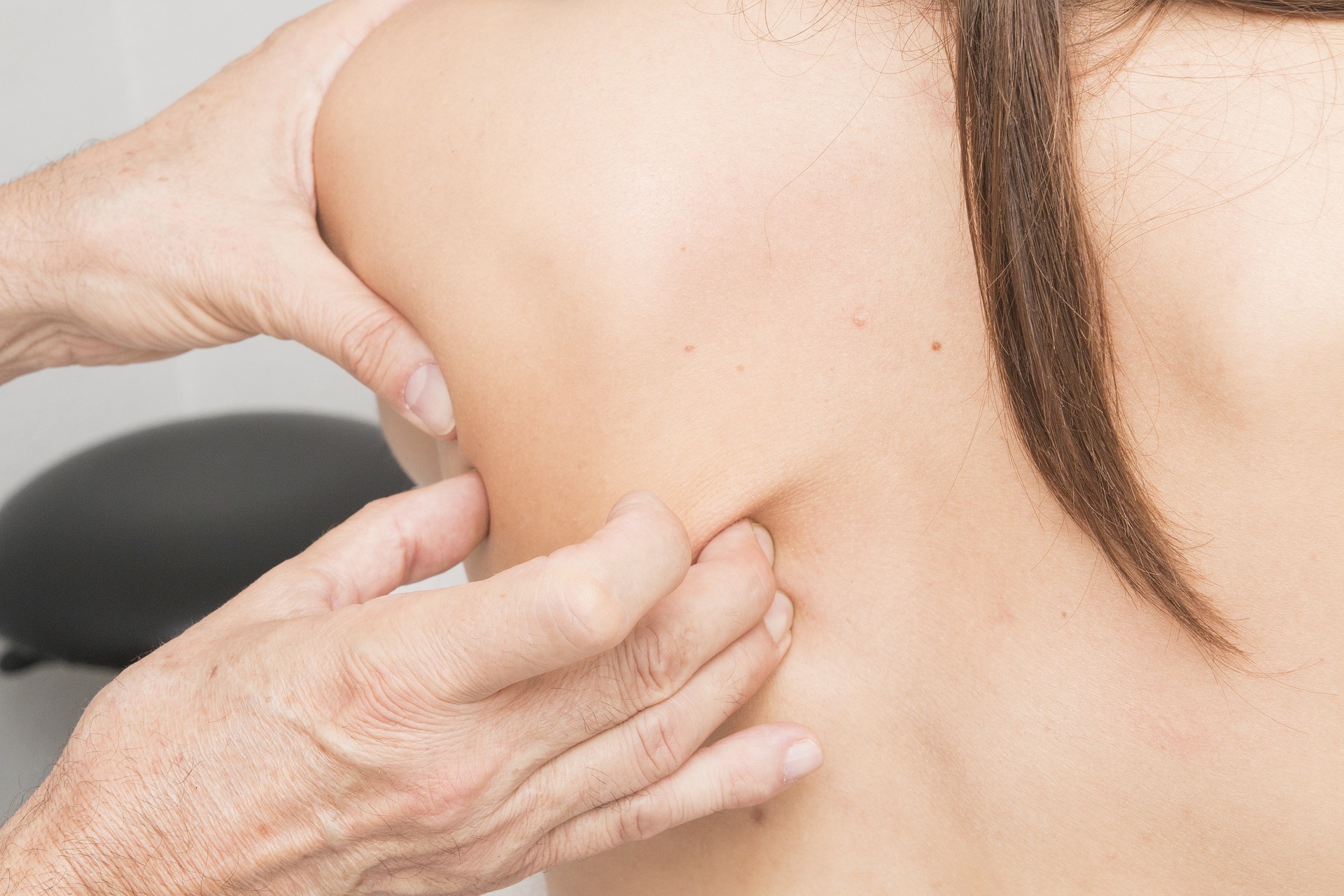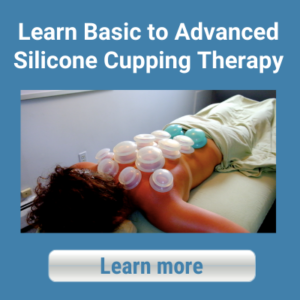The telltale signs are all there: the twitchy muscles that feel tight whenever you move around. You’ve been working a lot recently, and you forget to drink more water. You’re relaxing on your zero gravity lounge chair during the weekend when all of a sudden, your leg starts cramping. The contraction was so severe that you almost cried.
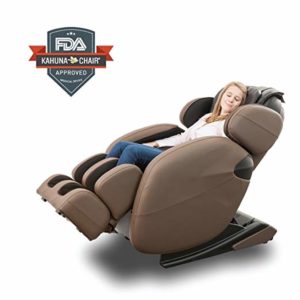
If this sounds like you, you’ll probably want to take care of your muscle spasms right away. The good news is that you can start taking precautionary measures at home, to ensure that you don’t have cramps again.
The better news is that you can have a massage professional help you with this problem.
Why get a massage?
Let’s face it: our muscles hurt like crazy after a particularly bad cramp. They are sore, and they are hard to move. Worse of all, they’re susceptible to cramping again if we make the wrong move.
That’s where massage therapies come into play. Not only does it eliminate the soreness, but it also releases tension in the muscle. The result is a relaxing feeling for you and your affected body part.
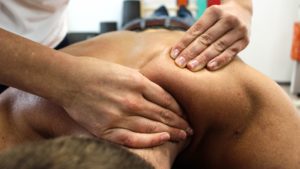
To truly understand how massage therapy helps, you need to know how massage therapists target muscles. Through a series of consistent pressure applied on the affected area for a few seconds at a time, the therapist reintroduces proper blood flow into the muscle. In turn, adequate blood flow promotes the healing of any damaged muscle fibers.
Why did I have a cramp, anyway?
There are several possible reasons as to why you experienced a painful muscle spasm, also known as a cramp. The most common cause is muscle overwork. Usually, repeated use of a muscle shouldn’t be too painful if there are breaks in between. However, if the muscle encounters a large amount of stress in a short period, it can become sore. The muscle is then more susceptible to spasms this way.
 One way to avoid muscle soreness and spasms is to hydrate properly. Water helps flush out toxins from your muscles and facilitates regular blood flow, which is needed for muscle repair. Cramping even when you haven’t done any strenuous activity is a sign of dehydration.
One way to avoid muscle soreness and spasms is to hydrate properly. Water helps flush out toxins from your muscles and facilitates regular blood flow, which is needed for muscle repair. Cramping even when you haven’t done any strenuous activity is a sign of dehydration.
Another good practice to adopt is stretching whenever you’re about to do some demanding activities. Stretching ensures that the muscle is ready for the activity that you’re about to do. It also promotes blood flow to your muscles early, assuring that your muscles still get nutrients even during the action.
Which kinds of massages help with muscle spasm?
There are several massage modalities available to help with your muscle spasm, all of which have different pressures to suit your preferences. For example, a Swedish massage is usually considered a light pressure massage and helps promote blood flow through the affected muscle. It’s perfect for those who want relief and comfort at the same time.
For those who can tolerate a bit of pressure, a deep tissue massage targets problematic spots very well. It’s more painful than the Swedish massage, but that’s because the therapist is using deep, focused pressure on specific places to release tension. You may feel sore for a day or two, but your muscles will be more relaxed.
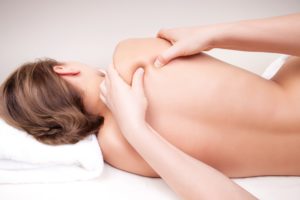
And then there’s trigger point therapy. With this technique, the therapist applies pressure on specific muscle trigger points to reduce muscle tension. These trigger points, commonly known as “knots,” are areas where blood flow have been restricted because of overuse. Trigger point therapy applies pressure on these specific spots until the knot breaks down.
Anything I can do at home to prevent spasms?
Aside from stretching and drinking water, there are plenty of other things you can do to prevent another painful cramp.
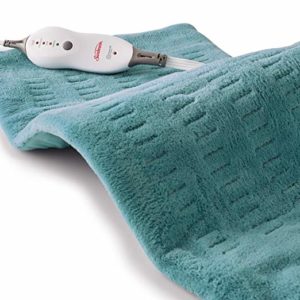
One thing you can do is to rest your body after exerting yourself. Giving your body the time to heal itself reduces the risk of another cramp. Consider applying a warm compress to the area if needed – this helps to relax the fatigued muscle and promotes better blood flow.
You also need to watch out for your posture when doing sedentary activities like working on the computer or watching TV. Bad posture puts unnecessary pressure your muscles, and as a result, your muscles can’t support your body well. Maintain proper posture, and if needed, invest in some ergonomic furniture to help prevent any problems.
And as always, watch your diet. Too much salt in your meals can dehydrate you, and this can mean cramping for active muscles. Ensure your meals are balanced with necessary vitamins and minerals, such as potassium, magnesium, and vitamin B6.
Final thoughts
Muscle spasms should never stop you from doing what you love. Whether it’s just a small twitch or a painful cramp, there are always relief options for you. With a combination of professional therapy and self-care at home, you can keep muscle spasms at bay and under control.

